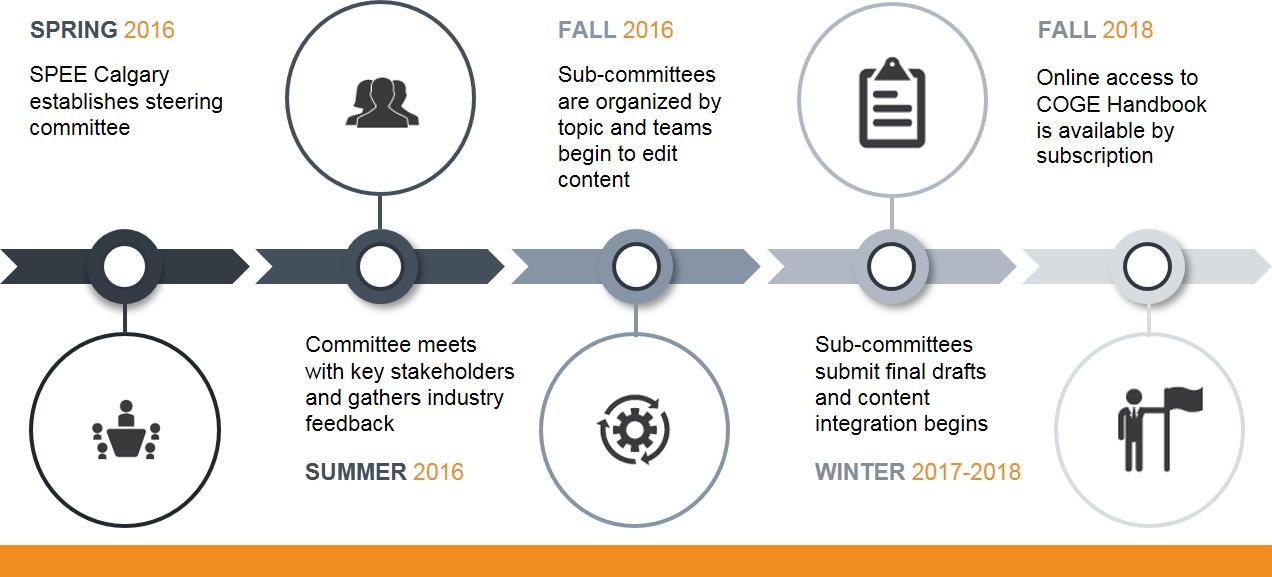Changes that impact reserve evaluations
Undeveloped Reserves
New guidance for development plans
COGE Handbook guidance for undeveloped reserves has changed for large resource plays. Companies can book longer periods of development under proven and probable for plays like the Montney, Duvernay, and Viking. It is now reasonable to have proved undeveloped reserves assigned for 5-years of development drilling and probable undeveloped reserves to extend out for 10-years of drilling. With respects to gas processing facilities under construction, it is reasonable to schedule proved drilling for up to 5-years from the start-up of the facility, with probable reserves up to 10-years beyond the effective date.
Development plans must be disclosed and should be consistent with the company’s intent to deploy capital and be reasonably consistent with past behaviour. Divestment packages can optimize development plans without restriction on available capital.
Operating Costs
Broader guidance for inactive costs and maintenance capital
There is a material change to COGE Handbook guidance with respect to active and inactive costs. Inactive costs such as mineral leases, shut-ins, suspended and capped well-operating costs etc. should be included in the evaluation to properly represent the asset(s) being evaluated but forecast separately from active asset costs at the property or corporate level, so economic production entities are not unduly burdened.
There may be limited information on maintenance capital in the lease operating statements or it may have been entirely capitalized. Data with respect to maintenance costs, expensed or capitalized, must be obtained from the company and included in an evaluation.
Abandonment and Reclamation Costs
Increased guidance for sustainable best practices
Acknowledging the social and environmental responsibility of the oil and gas industry, COGE Handbook supports the premise that abandonment, decommissioning and reclamation (ADR) costs should always be considered in the evaluation process and each report must clearly describe the ADR costs included and excluded from the report.
COGE Handbook recommends that partial disclosure of ADR is not considered best practice and cost estimates must be properly assessed by those with the requisite expertise. To avoid confusion, the exclusion of all ADR costs is preferential to partial inclusion.
There is a distinction between ADR for existing development and ADR on future development. The former, if included in the evaluation, must include all costs required to restore existing development from the well’s bottom hole to custody transfer point, to a standard imposed by applicable government or regulatory authorities and include the ADR costs for both active and inactive development included in the assets evaluated.
Type Curve Methodology
Establishing consistent best practices
Guidance on type well development is a new addition to COGE Handbook. The document now addresses the key concepts, methods, and concerns associated with the development of type wells. This includes information on:
- Normalizing and scaling for key attributes:
- Average horizontal length
- Performance vintages
- Stage spacing
- Average proppant per unit length
- Developing correlation and cross plots
- Addressing uncertainty change based on the number of locations



